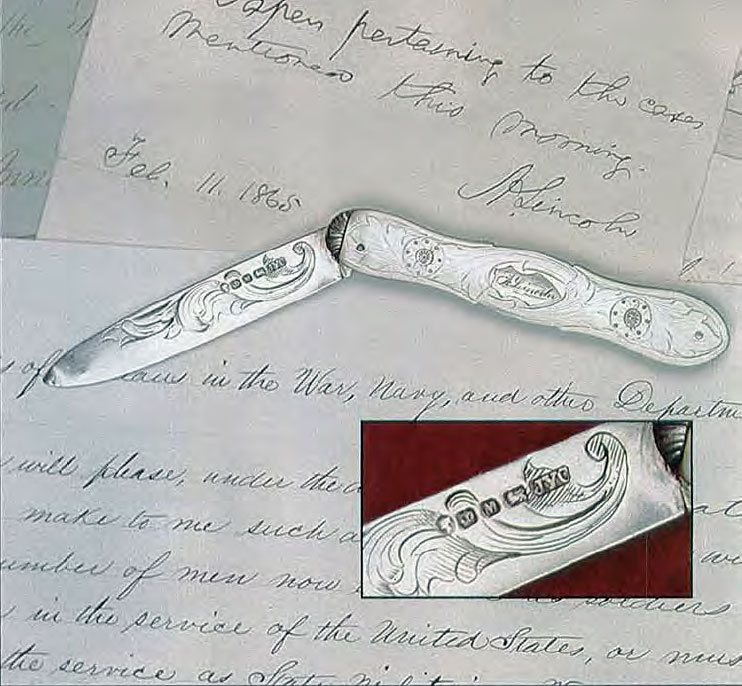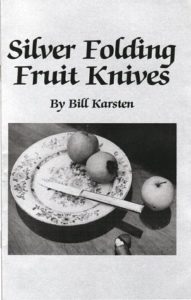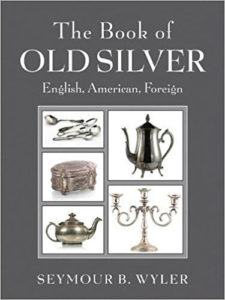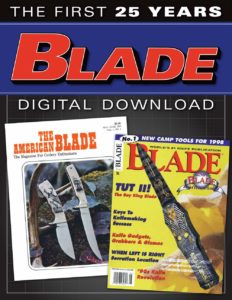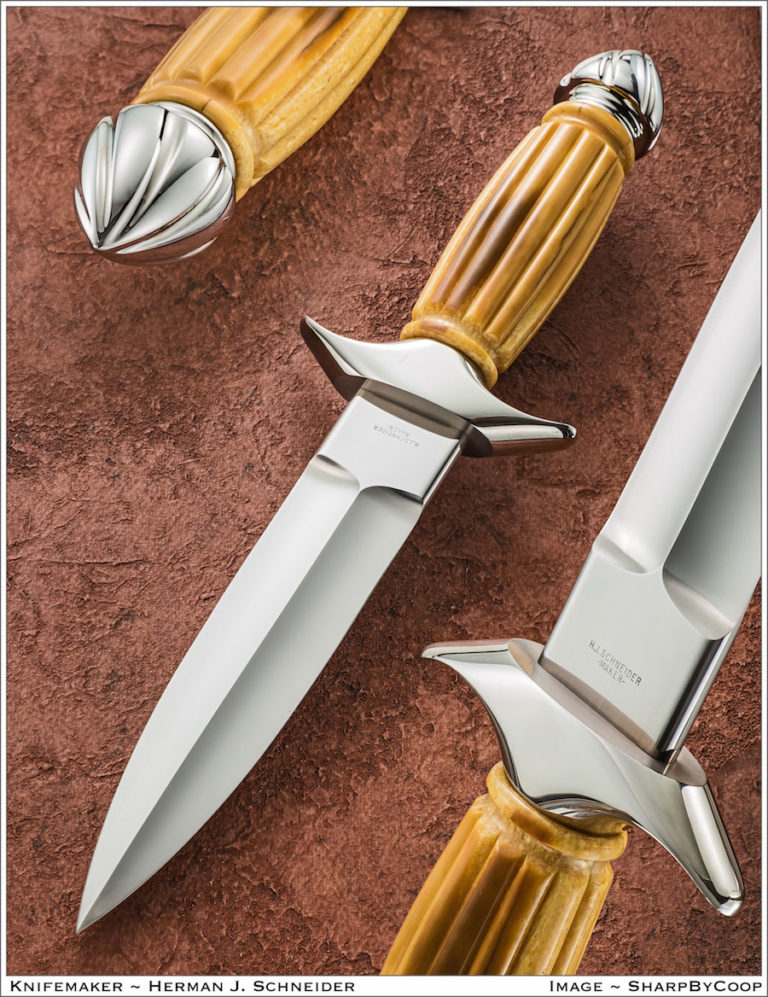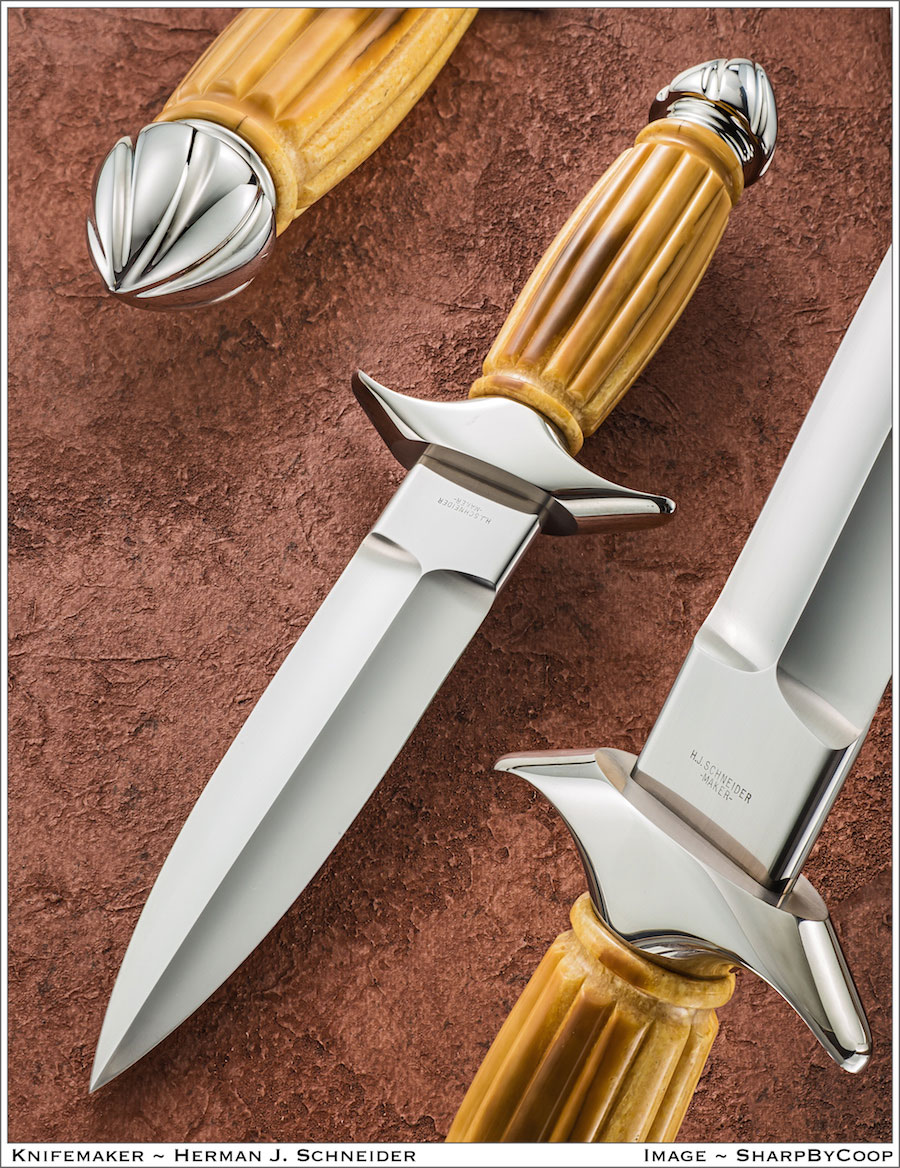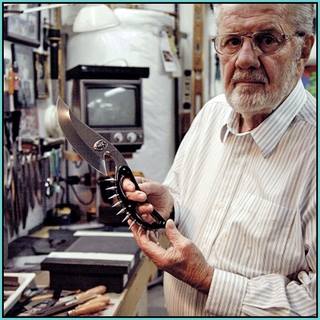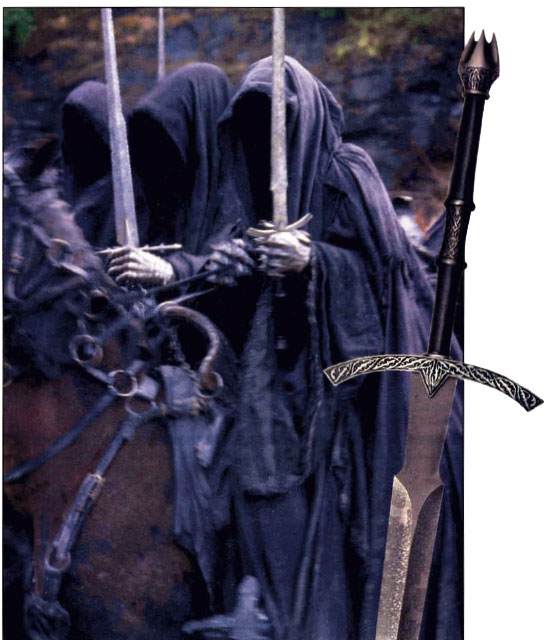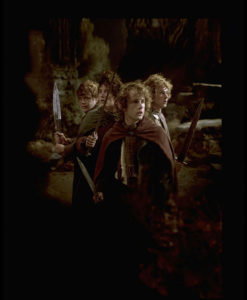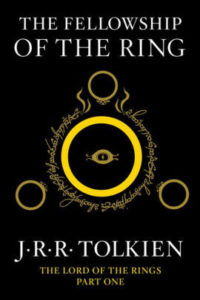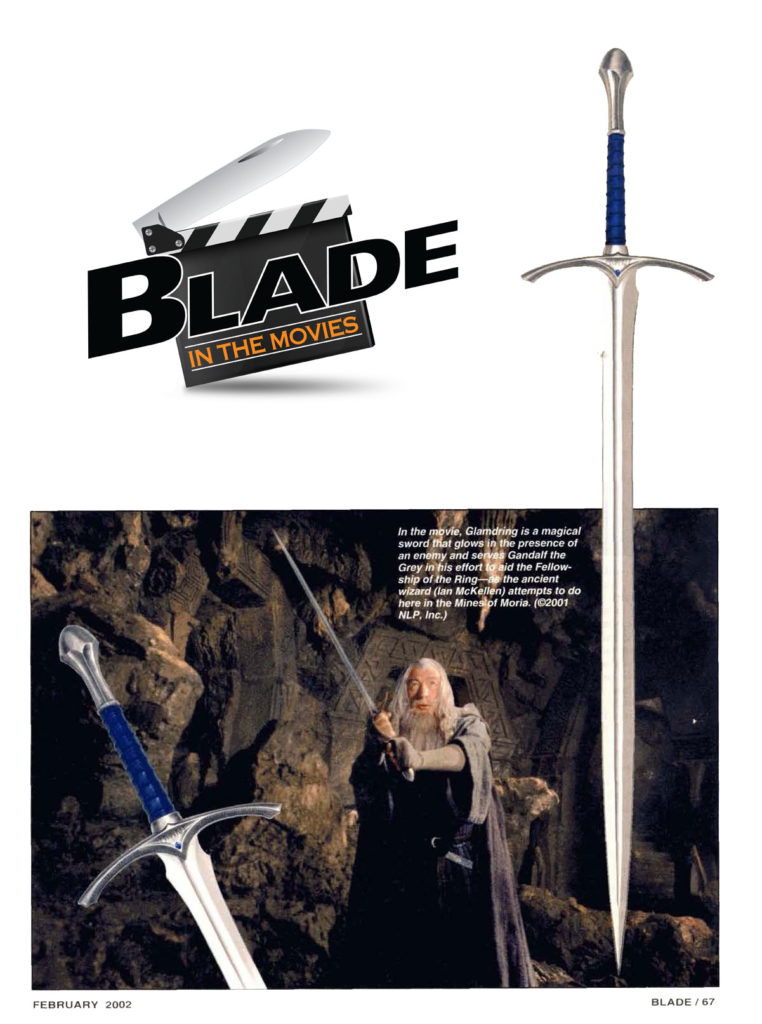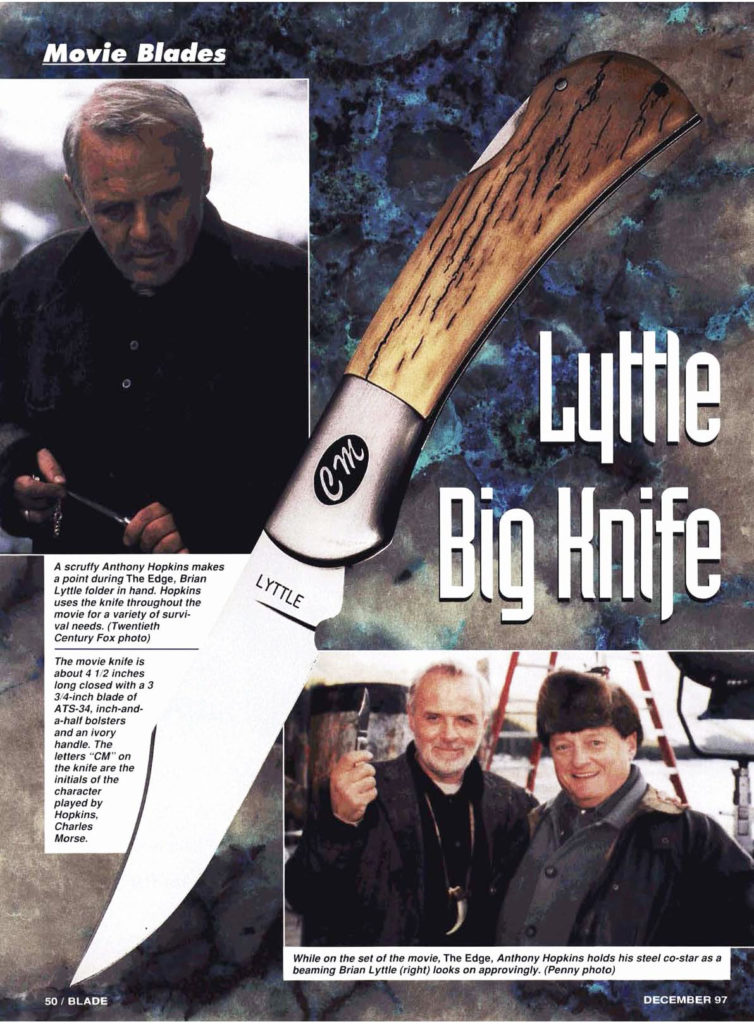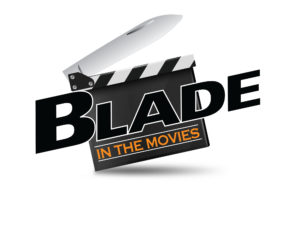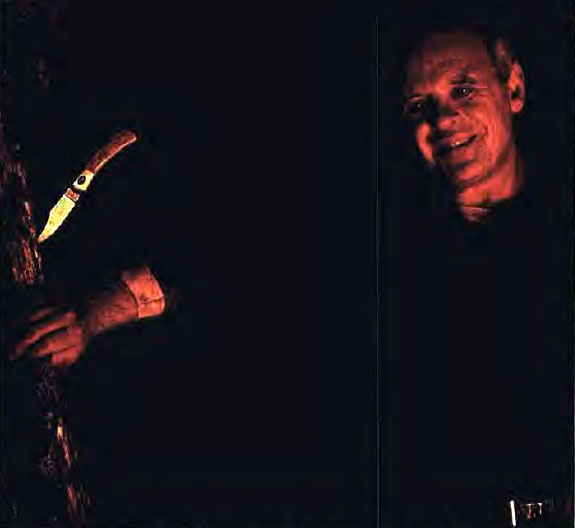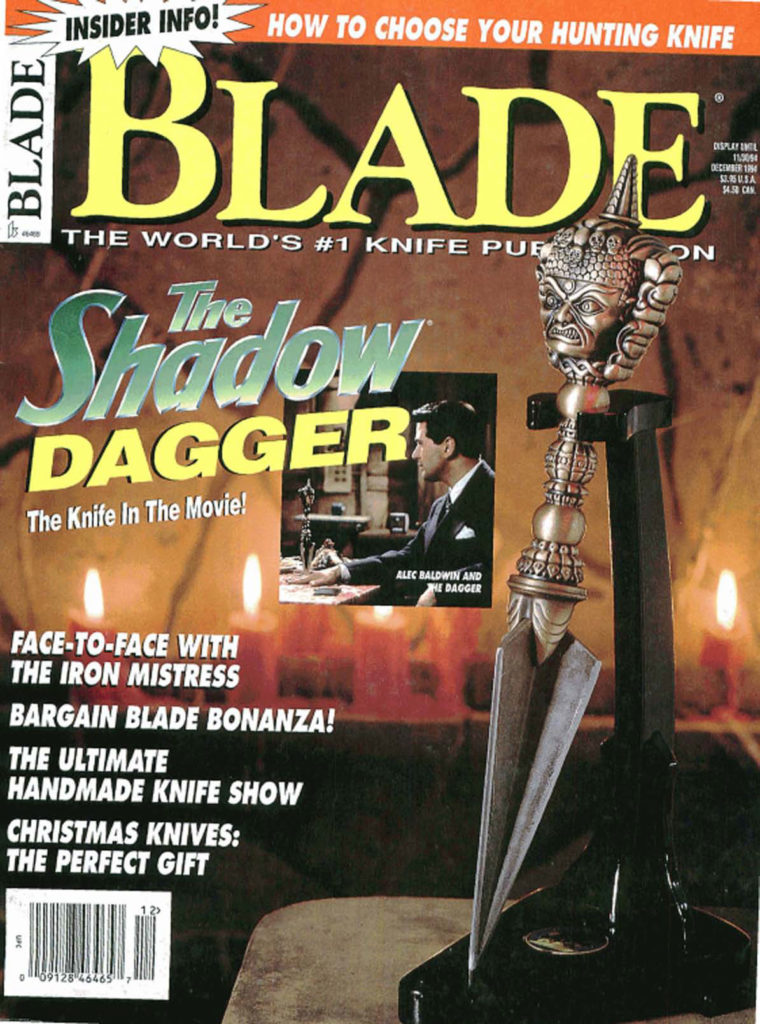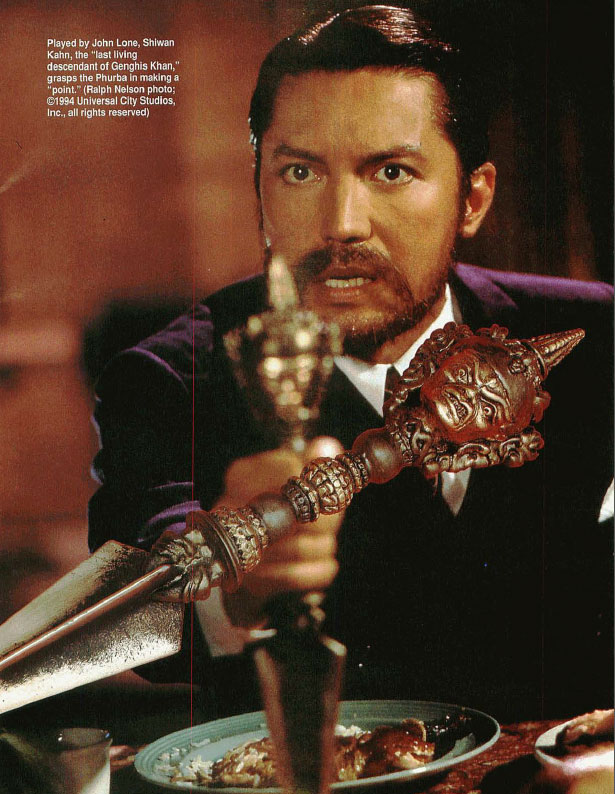New Custom Knives
Near-flawless grinds, captivating materials, curvaceous lines, snug fit and finish, and slick mechanisms help ensure today’s hottest makers’ hottest custom knives are cool cutters to covet.
While determining such knives is almost impossible to do without at least a smidgeon of subjectivity, those who sell knives professionally have their finger on the pulse of who some of the makers are and which of their knives is hottest. If the sellers don’t, they won’t be in business for long.
We tapped four of today’s successful knife sales operations—purveyor Daniel O’Malley of Bladegallery.com, purveyor Les Robertson of Robertson’s Custom Cutlery, and Sako Rouchanian, owner of Recon 1, a retailer of knives and gear—for their opinions on the matter.
Meanwhile, don’t be surprised if one or more of the mesmerizing cutters they identify activate your salivary glands. Covet away!
Poison
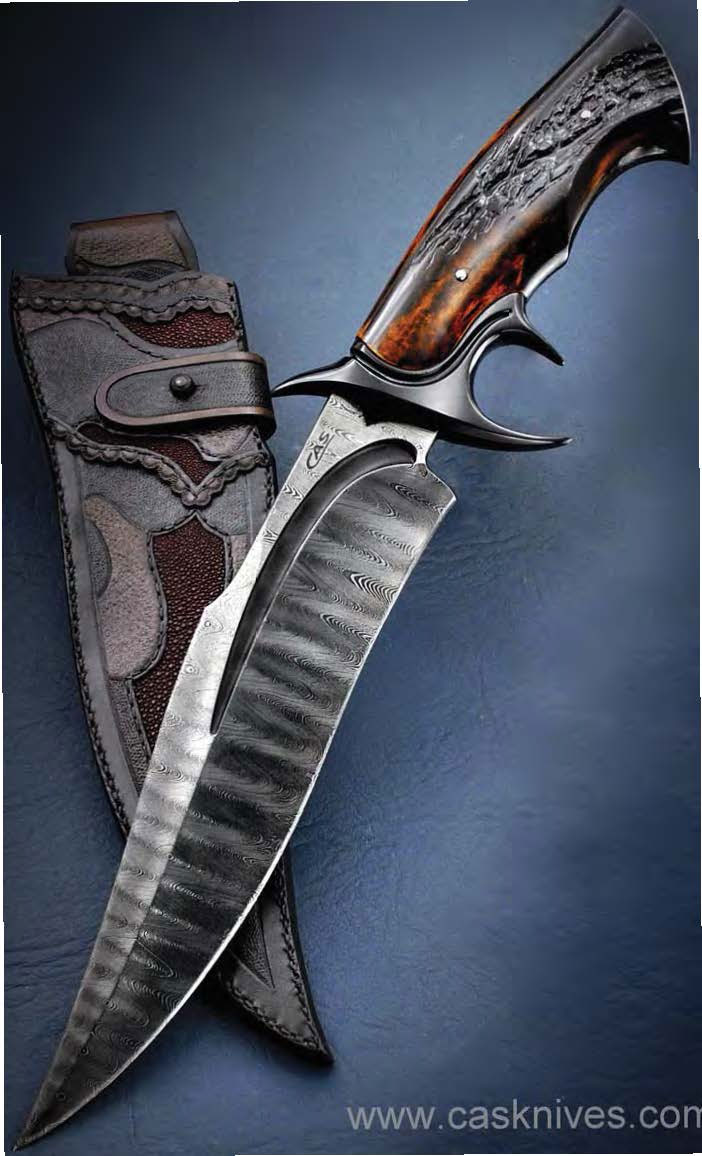
Poison by Claudio and Ariel Sobral of CAS Knives offers up what purveyor Les Robertson calls the Sobrals’ signature style: big, bold and striking! The carved integral guard and sub-hilt are blued carbon steel.
- Handle: Amber stag
- Blade and overall lengths: 10 and 15.5 inches
- Blade steel: Ladder pattern damascus
- Maker’s price: $3,000
111
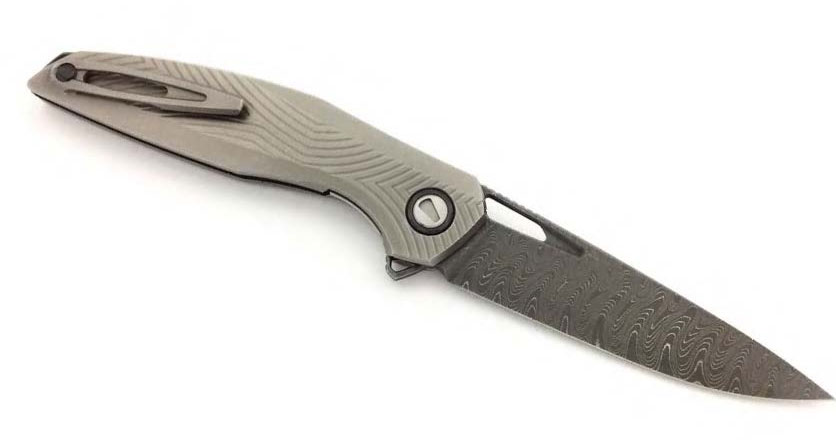
The Double Row Roller Bearing System used exclusively on such custom knives as Sergey Shirogorov’s full custom 111 flipper makes the knife’s action incredibly smooth.
“It flips open like a rocket,” stated Sako Rouchanian of Recon 1.
- Blade and closed lengths: 4.37 and 5.25 inches.
- Blade steel: Chad Nichols boomerang damascus
- Handle: stonewashed titanium
- Maker’s price: Auction only
- Recon 1’s price: $12,000
Ronin
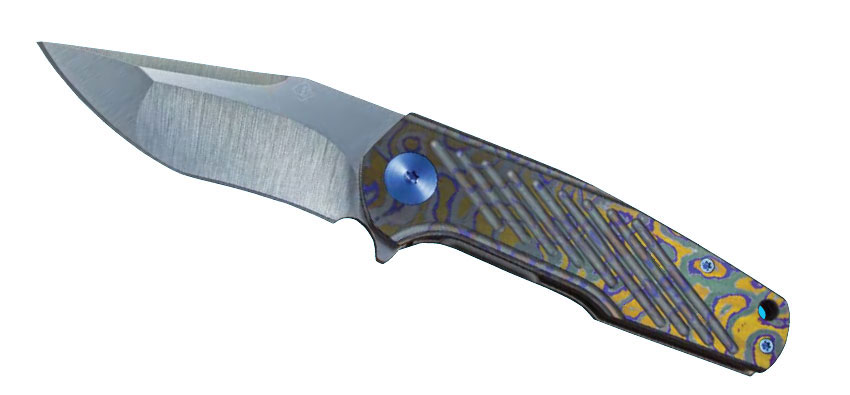
Jim Burke’s Ronin is a compact tactical flipper folder with a unique pocket-friendly footprint. The modified tanto blade is Stellite® and pivots on ceramic bearings. The frame is milled Zircuti—zirconium and Mokuti—with blue anodized hardware. The clip is Zircuti, too.
- Weight: 5.5 ounces
- Blade and closed lengths: 3.25 and 4.25 inches
- Maker’s price: $1,800
L51 Compact

As purveyor Daniel O’Malley observed, over the past couple of years tactical folder collectors who had gone by the creed of “bigger is better” have been opting for sleeker, lighter, thinner and more pocket-friendly versions for their EDCs. The L51 Compact by Andre Van Thorburn is such a knife.
- Blade and closed lengths: 3 3/8 and 4.5 inches
- Blade steel: N690 stainless Handle: Marbled carbon fiber
- Weight: 3.8 ounces
- Maker’s price: $750
- BladeGallery.com’s price: $750
EZC
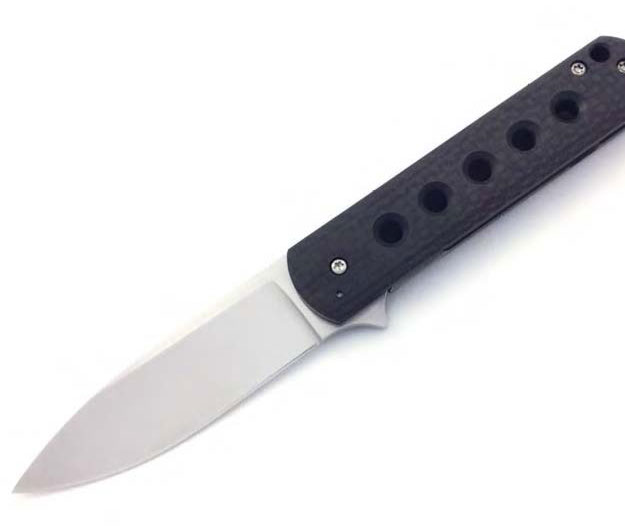
The carbon fiber handle of Ray Laconico’s EZC flipper features a milled “speed hole” pattern.
“When it comes to building a handmade tactical flipper knife for everyday carry, Ray Laconico gets it,” noted Sako Rouchanian of Recon 1.
- Blade and closed lengths: 3 and 3.87 inches
- Maker’s price: $750
- Recon 1’s price: $1,100
A2/A6

The A2 framelock folder by South Africans Andre Van Heerden and Andre Thorburn has been hot for well over a year now and shows no signs of cooling off. The A2/A6 is their collaboration with Tashi Bharucha in a blade of polished Damasteel damascus, and hand-rubbed titanium frames in the Omega sign with silver lightning-strike carbon fiber inlays.
- Weight: 4.9 ounces. Blade and closed lengths: 3 5/8 and 8 3/8 inches
- Makers’ price: $1,500
Model 450 Ultra-Light

South African Des Horn’s Model 450 Ultra-Light gent’s flipper features a 2.75-inch blade of Damasteel stainless pattern-welded steel and a blue/silver carbon handle.
“It’s so slim and light [1.2 ounces] you won’t even know you’ve got it with you,” noted purveyor Daniel O’Malley. “With over 30 years making knives, Des Horn is one of the fathers of the South African knife industry, and his influence can be seen in many other makers’ work.”
- Horn’s price: $600
- BladeGallery.com’s price: $600
Hokkaido
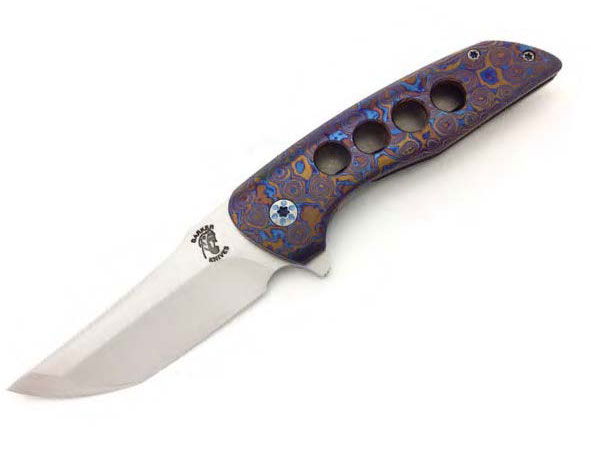
“Arguably [featuring] the best grinds in the tactical market, John Barker’s Hokkaido is the hottest tanto design in the tactical world,” noted Sako Rouchanian of Recon 1.
The Small Hokkaido flipper features a contoured rosebud pattern Timascus handle.
- Blade and closed lengths: 2.75 and 4 inches
- Blade material: handrubbed CTS-XHP stainless Maker’s price: $3,500
- Recon 1’s price: $7,500
Sault Daug

Sault Daug is the latest folder from Lee Williams. Equipped with a linerlock, it comes in both the maker’s Kick Stop and stud opener (pictured) versions. Blade and closed lengths: 3.5 and 4.75 inches.
- Blade steel: handrubbed CPM 154
- Handle: Carbon fiber scales and titanium standoffs
- Weight: 4.7 ounces
- Maker’s price: $2,250
- Open-bid show price: $7,500
Piuma

The brother of custom knifemaker Willem Steenkamp, Kosie Steenkamp offers up the Piuma flipper in red lightning-strike carbon fiber.
“The blade is perfectly centered with silky smooth action,” noted purveyor Daniel O’Malley, “and easily opened with one hand using the ambidextrous flipper toggle.”
- Blade and closed lengths: 3.4 and 5 inches
- Liners: Jeweled and anodized titanium
- Pocket clip: textured and anodized titanium
- Maker’s price: $575
- BladeGallery.com’s price: $575
Doctor Death Junior Flipper

Tom Mayo has been making knives 35 years and all of his anniversary knives have his XXXV anniversary logo.
The Doctor Death Junior Flipper has a 3 5/8-inch blade of handrubbed CPM 154 stainless steel and operates on the Ikoma Korth Bearing System. The framelock folder weighs 4.6 ounces and is 5 inches closed.
- Maker’s price: $1,600
See More Photos of Custom Knives
See beautiful, full-color photos of custom knives in Knives 2018.



